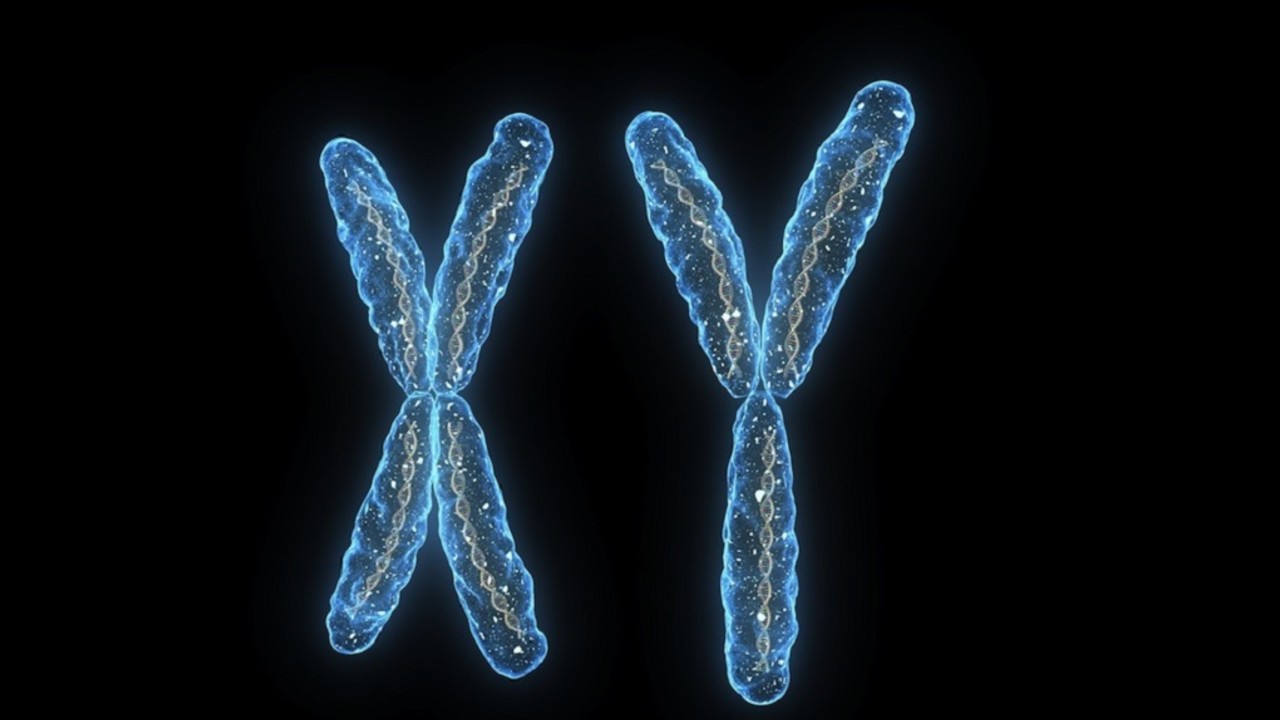Although low and stillbirth rates are quite high in first-degree (cousin marriage) or second-degree (grandchild marriage) consanguineous marriages, the possibility of autosomal recessive diseases in the unborn child is also extremely high. So, while such risks are low in people who are not related to each other, how can blood related parents inherit a disease to their children?
Consanguineous marriage is the name given to the marriage of people who are related to each other by blood. A couple whose mother or father is a sibling 1st degree consanguineous marriage While the name is given, it is the marriage of a couple whose grandparent is a sibling. 2nd degree consanguineous marriage is named.
These types of marriage, which are considered taboo all over the world today and are prohibited in many countries, have been common throughout history, but carry extremely great dangers for the child to be born. found in genetics There is a high probability of transmission of hereditary diseases to the child. Let’s take a closer look at why children born from this type of marriage cause some diseases.
Stillbirth rates in consanguineous marriages are double that of normal marriages.
According to studies, miscarriage, stillbirth and newborn losses as a result of consanguineous marriages are twice as high as in normal marriages. At the same time, this type of marriage, increases the risk of birth defectsIt also causes autosomal recessive diseases in newborns.
Consanguineous marriage leads to the transmission of two defective genes of the same type to offspring

Before moving on to why consanguineous children often have a genetic disease, genes that two parents pass on to their children We need to take a closer look.
Inherited diseases occur as a result of mutations in genetics, and two-dose mutations in this hereditary material called a gene (recessive gene), autosomal recessive diseases leads to

Individuals who are related by blood also share common genetic features thanks to this bond, and in consanguineous marriages. probability of two recessive genes coincidingmore than normal marriages.
In this case, which is completely related to blood, if there is any hereditary disease in the individuals in the pedigree, even if the parents are not sick. this gene directly to the unborn child they can transfer.

Let’s give an example from cystic fibrosis, which affects the mucus and sweat glands in the digestive, respiratory and production systems from birth. Caused by a mutation in the CFTR gene, this disease can lead to excessive fluid loss, various heart diseases, diabetes, and even infertility, but to have this disease having two identical mutated genes must.
In cases where one of the parents is only a carrier and there is no such disease in the genetics of the other side, there is no possibility of the child to be born with cystic fibrosis. However, even if both partners are carriers alone, this gene inherited directly to the child with a 50% probability passes.
Another disease that we can give an example on this subject is a disease that causes severe mental retardation. phenylketonuria. The parents of a child with phenylketonuria, a familial disease, have two genes, one normal and one mutated. If this disease is present in the pedigree of consanguineous marriages, born child inherits two recessive genes and is born with congenital phenylketonuria.
Before giving birth to children in consanguineous marriages, doctors need to do pedigree checks

Children born as a result of consanguineous marriage are highly likely to have hereditary diseases, but it is also possible for the child to be born healthy. To be sure about this, parents must have a pedigree check before deciding to have a child needs.
In this control, experts, mother and father candidates including 4 generations examines the pedigree. If there is any risk in the resulting pedigree, parents should be warned about this issue. At the same time, if the mother and father-to-be come from an area where consanguineous marriages are common and recessive genes are common tsubjected to search tests.
Many diseases, especially mental retardation, can be seen in children born as a result of consanguineous marriage.

There are many types of autosomal recessive diseases, but they are among the most common disorders as a result of consanguineous marriage. developmental disorder, mental retardation, cystic fibrosis and multiple system disease is located.
Also in first and second cousin marriages The risk of miscarriage is much higher than normal pregnant women. And let’s not go without saying that the probability of the child born to have some hereditary disorders such as hypertension is also extremely high compared to other children.
Consanguineous marriages also lead to hereditary depression

A scientific article published in 2018 stated that children born as a result of consanguineous marriage They have a much higher chance of having mood disorders and psychosis than children born from normal marriages. revealed.
In this study, which included 363,960 people, it was observed that being the child of related parents increased the use of antidepressant-like drugs when they reached adulthood. According to the study, the probability of the children of parents who were married to first degree consanguineous to be on medication for mood disorder and psychosis, 3 times more than children of normal parents.
Source 1, Source 2, Source 3, Source 4
